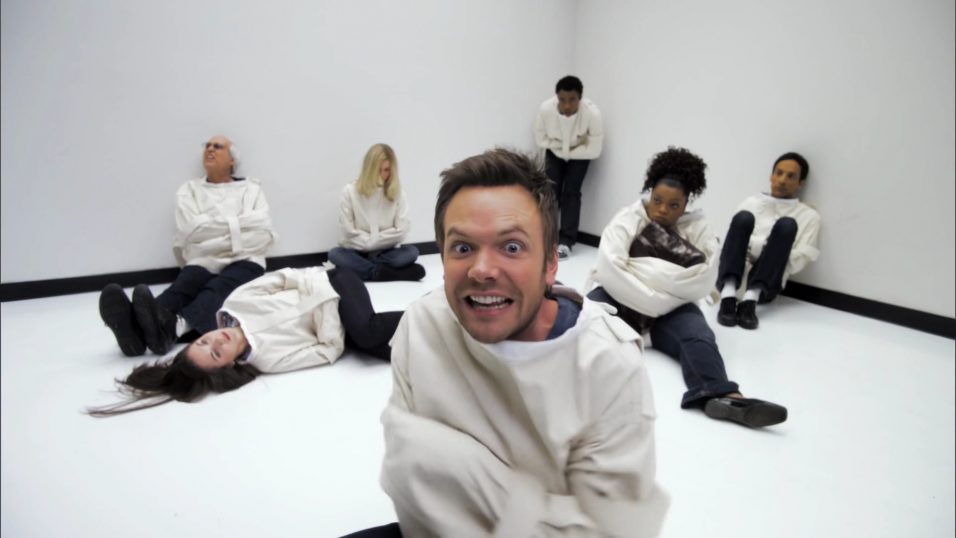I’m old enough to be amazed at the fact that I can just re-watch a TV show or movie whenever I want; when I was a kid this was impossible, and I still forget about this casual superpower sometimes. It’s a great opportunity to learn something from successful media; after watching it once (or twice) for the entertainment, you can go back watch it again for the structure, the writing tricks, and the fundamentals.
Recently I started re-watching Community, the sitcom that ran on NBC and Yahoo! for six seasons. Originally developed by Dan Harmon, who ran the show for season 1-3 and 5-6, I remember watching it pretty enthusiastically on its original run (it might actually be the last broadcast network show I ever voluntarily watched, actually). It was funny, it pushed some boundaries and did unexpected things.
Watching it again, it made me think about how we write about characters, and in particular a common trick used when story has a large group of linked characters: Isolation.
No Complications
In real life when you meet people, they come with all kinds of existing connections. Friends, family, and romantic partners that pre-date your own association. Sometimes, though, these connections are obscured because of the circumstances surrounding your meeting. For example, when I met people in my dorm in freshman year of college, most of those pre-existing connections had been left behind, albeit temporarily. For a while it was possible to pretend these people were yours, that the only relationship that existed was the one between you and them.
Of course, it’s not true. For a while it might seem like you’re all living in an intimacy bubble, but eventually other relationships push in. But then exclusive feeling is pretty heady stuff. You get to imagine you know these people better than anyone else in the world.
And that’s a powerful trick to pull when writing about characters, and pretty common in TV writing. Consider Community, a show about a disparate group of people at a low-value community college who form a study group. The characters are a mix of adults re-calibrating their lives and younger folks who couldn’t hack a traditional 4-yera college for one reason or another, and during the run of the show there are vanishingly few relationships outside the group. When one member of the group has a problem, they turn to another member. All major milestones, holidays, and other major events are attended and facilitated by the group.
This is seductive because it’s easy. In real life, when you enjoy someone’s company you have to schedule around the rest of their life, and maintaining intimacy takes a lot of work. I a SitCom world, it just … happens. Once you know someone long enough, they’re your closest friend and every single thing that happens involves you, effortlessly. The kind of intimacy and embedding in someone’s life that normally takes years, if not a lifetime, just sort of happens effortlessly. That’s one of the appeals of these fictional relationships.
So, when you’re putting your own characters together, think about that. Delete any ‘pre-existing’ relationships that have nothing to do with your story, and imagine that these people form a freshman-year bubble. It heightens all the stakes and emphasizes the bonds between them in an unrealistic but effective way.

